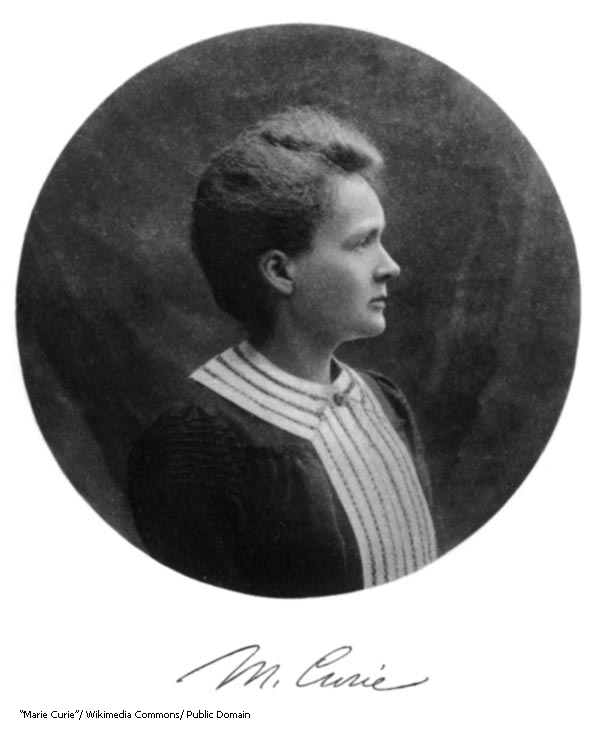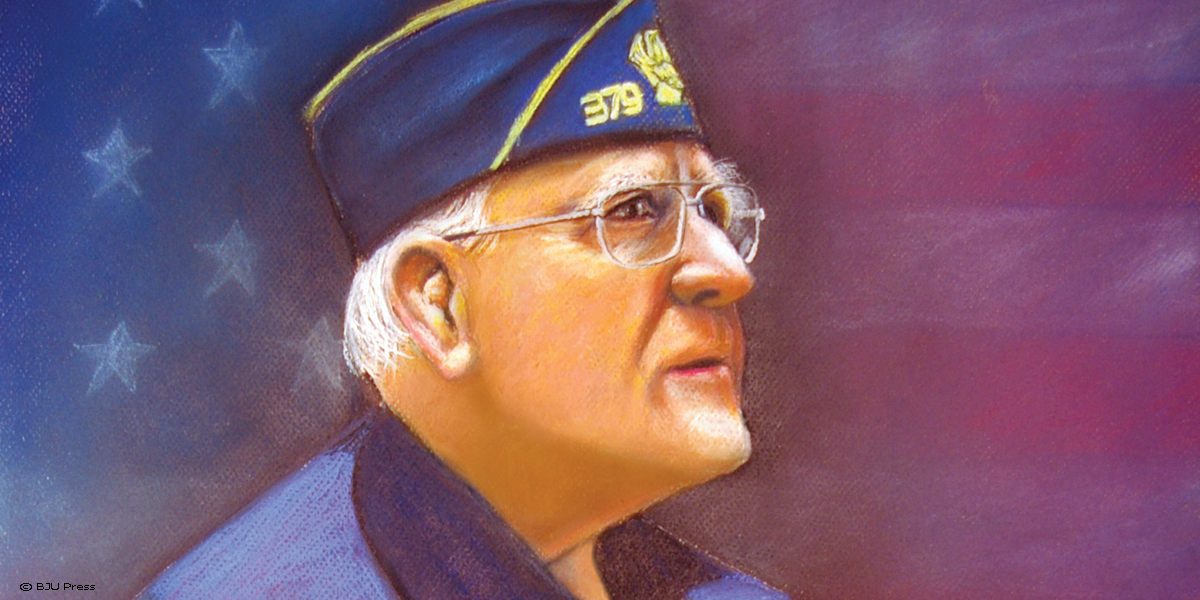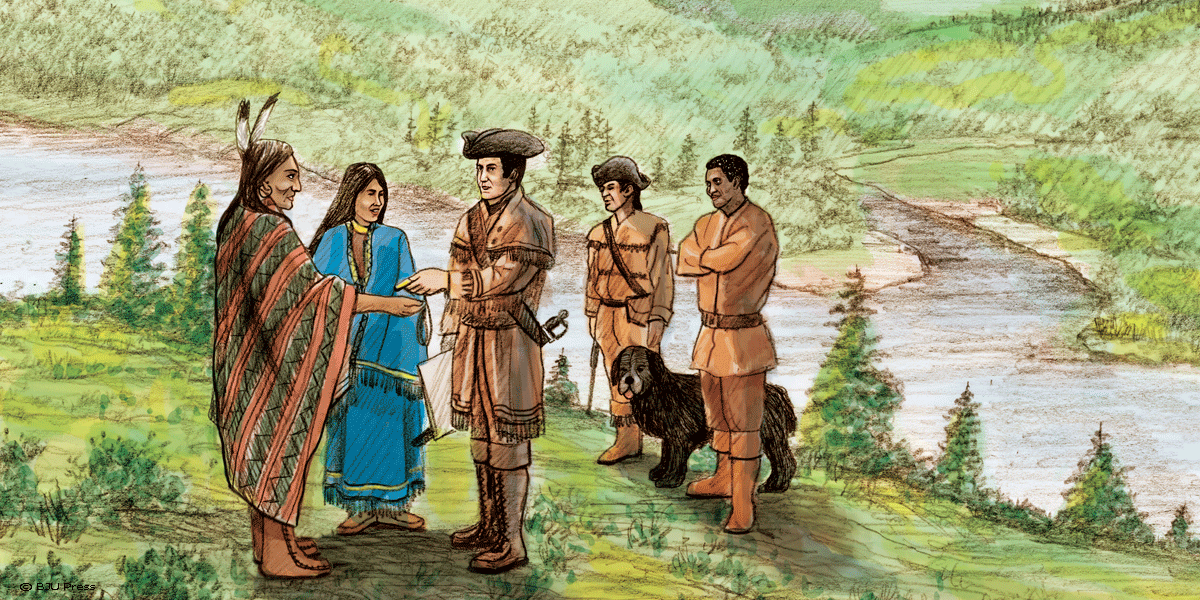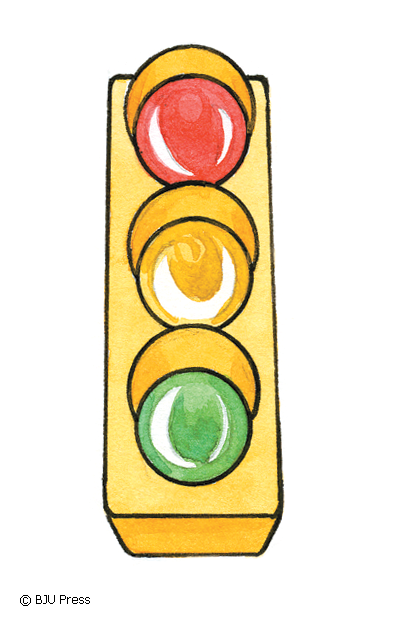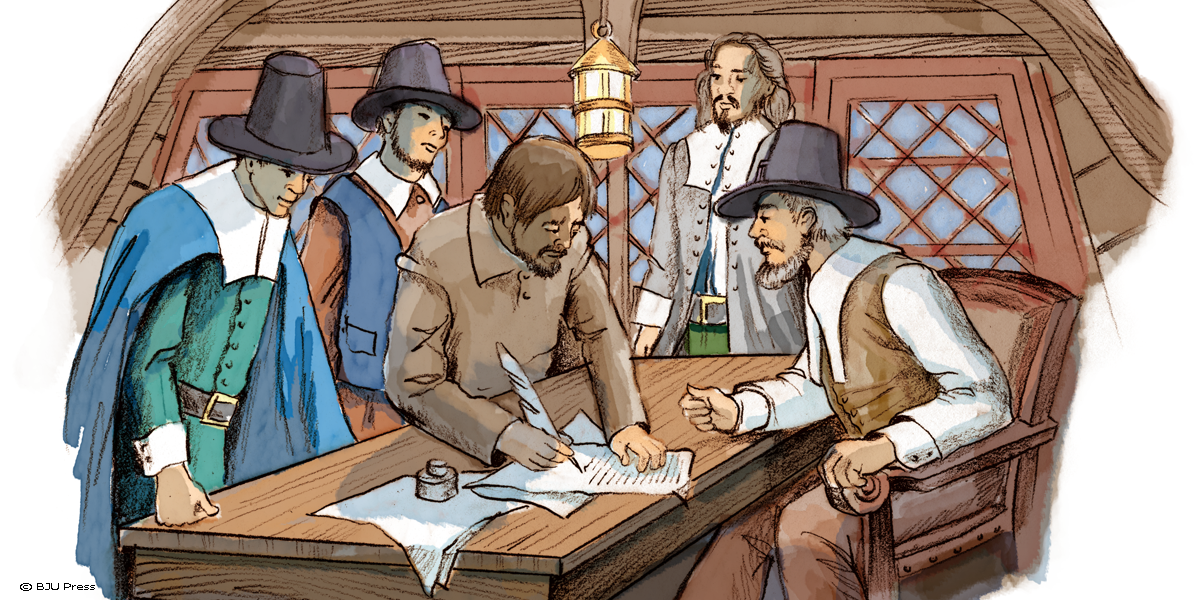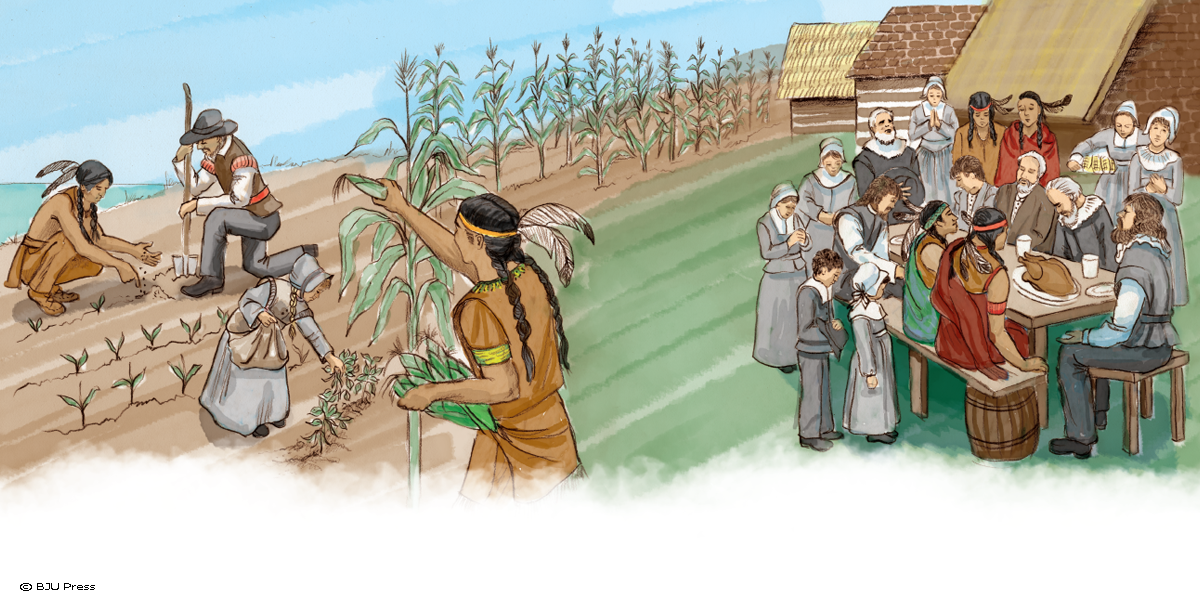We’re now on the fourth post in our series titled “Why Do You Homeschool?” We’ve been talking with Deborah, a mom who homeschooled four children, about some of the advantages of homeschooling.
Deborah mentioned what a blessing it was that homeschooling allowed her family time to journal regularly, so I asked her to tell us more about that. Here’s what she said:
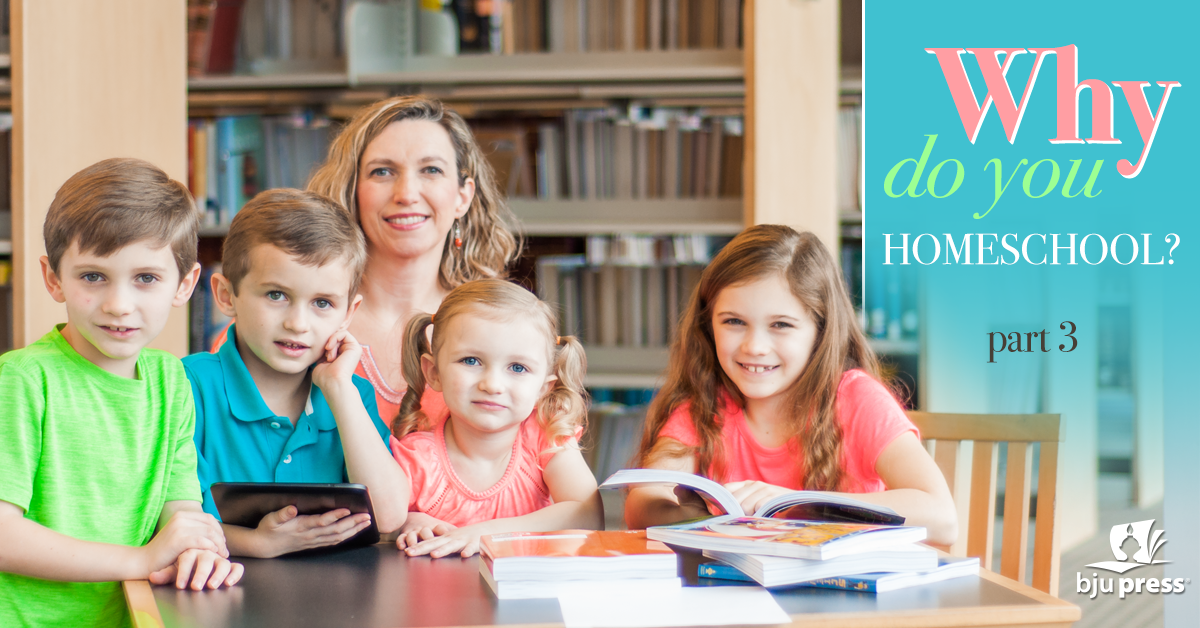
“Journaling is such a wonderful tool if used properly. It teaches a number of skills that are needed in any child’s education—from handwriting, spelling, and punctuation to thoughtful creative skills.
“Because we were fairly structured in our homeschooling, journaling was simply part of our ‘school day’ once a week.
“This all got started because of the journal entry section in the BJU Press spelling curriculum. The purpose was to have the child use some of the spelling words in the suggested topic. These entries were never graded, but I would always answer their journals briefly, using any words that they might have misspelled. It was never meant to critique their writing or thought processes.
“The journal entry does not have to be more than a couple of sentences sometimes. I required at least five sentences from my kids while in school. If the suggested topic (in the spelling text) did not seem to fit, I chose the question/topic. On occasion the kids would suggest something to write about. Some topics were simply fun ones; others were more serious in nature. Because it was accepted simply as part of the lesson and was not a long assignment, there was never an argument from any of them when it came time to write.
“The kids loved reading journals from years past. Often it generated laughter and discussion of family trips, events, and situations. It gave great opportunity to talk about God’s active presence in our lives individually and as a family. Many truths were fleshed out over time as the family bonded.
“Of course, the most vivid memory for them is sharing favorite times with their dad—our hikes and camping trips, his jokes and all the fun times he brought to our home. Often we talked about the topic, and the older kids would share something their youngest sibling did not remember about her dad. It brought healing to our broken hearts and cemented precious memories.
“Today my kids are better than I am when it comes to journaling because they were taught from the get-go how important it is to put your thoughts into writing and to do so clearly. They learned that discipline early on. I can’t emphasize enough how life-changing this practice can be if nurtured. The memories chronicled, the joys and heartaches revealed, and the lessons from the Lord written down to revisit years later are all invaluable.”
Has homeschooling made a blessing like this possible for your family? Let us know in the comments below!
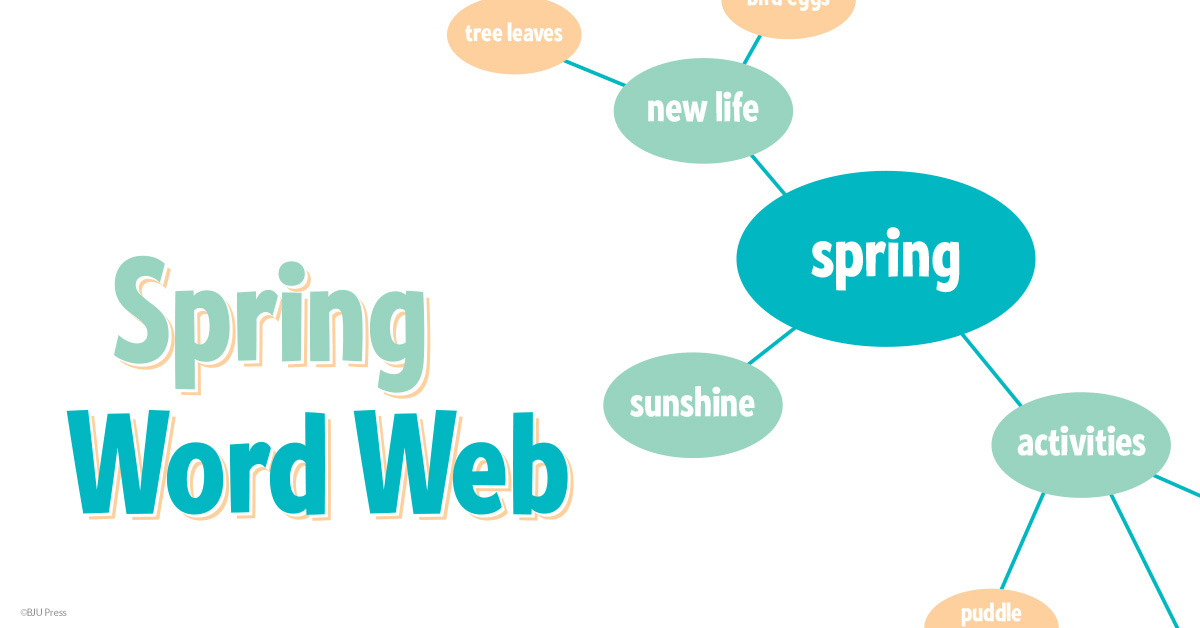

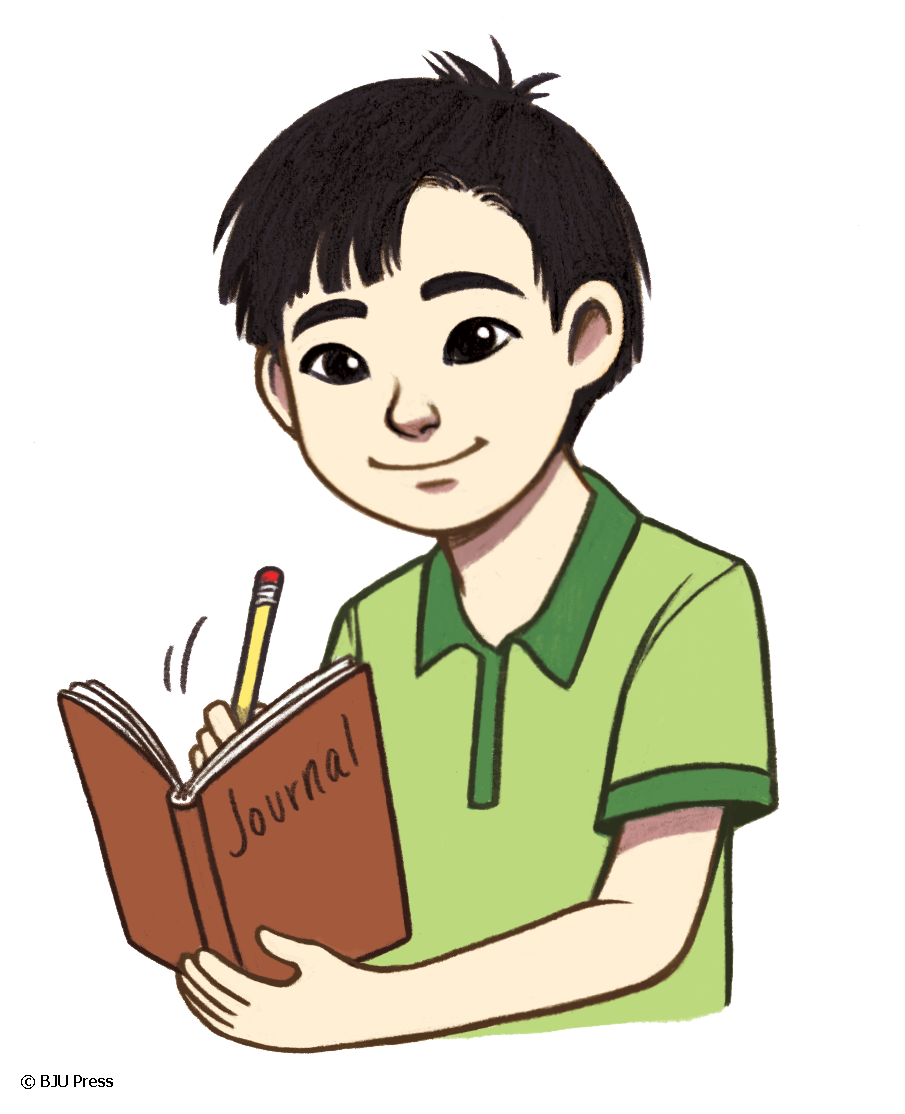 November has a heritage of blessings! There are many things to celebrate. It must be the start of the holiday season! I hope you and your family take time to reflect on God’s blessings this year (James 1:17). To start us off, here are two month-long observances worth mentioning.
November has a heritage of blessings! There are many things to celebrate. It must be the start of the holiday season! I hope you and your family take time to reflect on God’s blessings this year (James 1:17). To start us off, here are two month-long observances worth mentioning.
